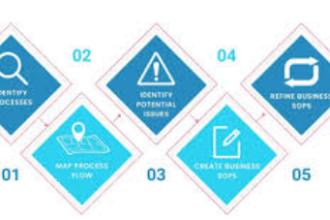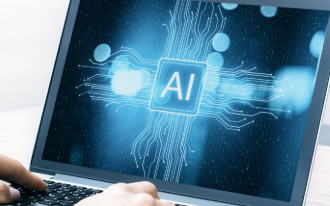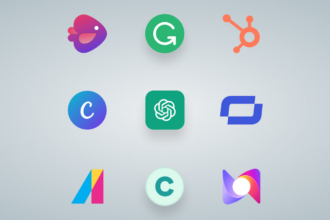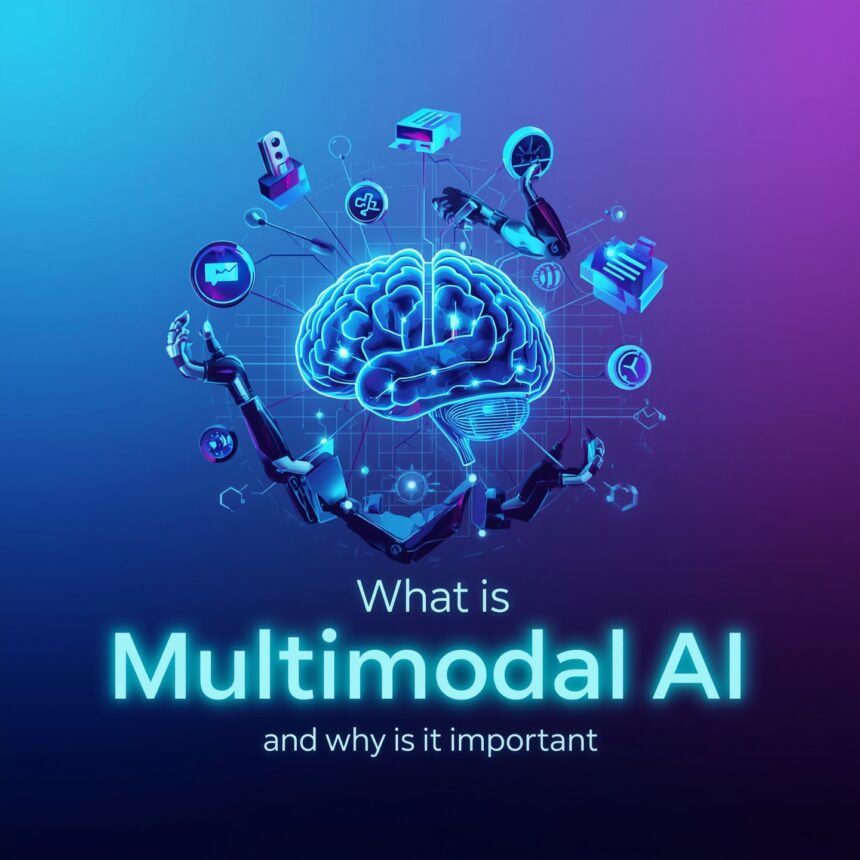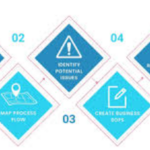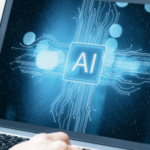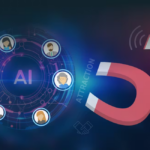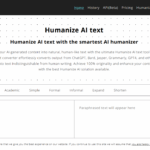In this article, I will discuss the What Is Multimodal AI and Why Is It Important. Instead of processing one type of data at a time, multimodal AI blends text, pictures, sound, and other inputs so machines see the big picture.
By working this way, the technology can act more like people do, and thats why experts say it will drive the next wave of progress in health care, robots, online chats, and many other fields.
What Is Multimodal AI?
Multimodal AI is simply a class of artificial intelligence that learns from more than one kind of data at the same time-font, photos, voice clips, and movie clips all rolled together.
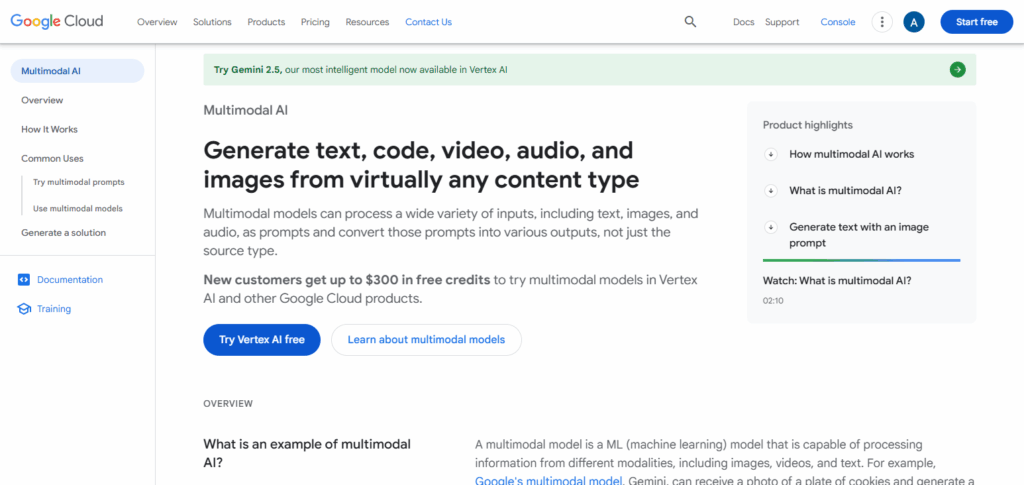
Instead of sticking to just text or just pictures, these systems mix that info so they catch subtle hints we humans notice right away, like mood in a photo or tone in speech.
By doing this, they act more like us, chat with us in clearer ways, spot problems faster, and tackle everyday jobs-from smartphone filters to medical scans-with greater skill.
Why Multimodal AI Is Important
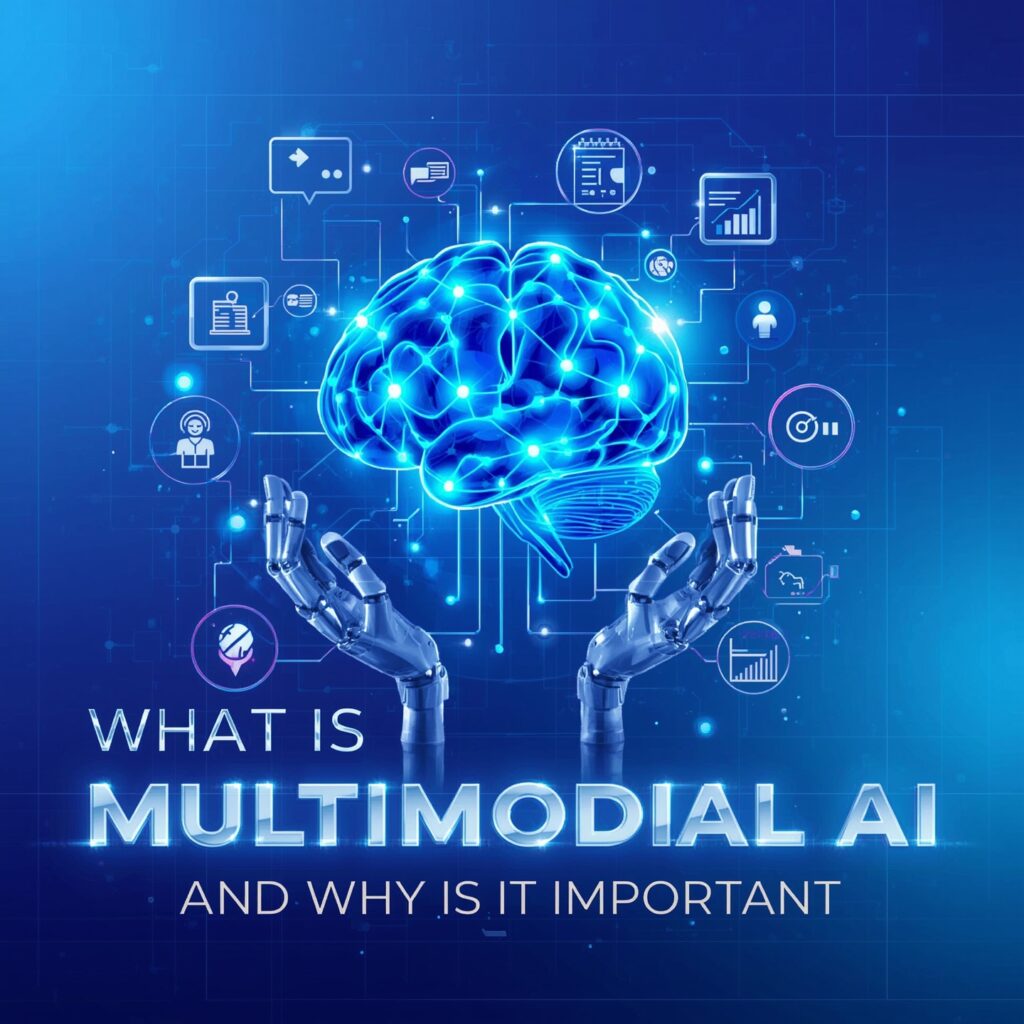
Human-Like Understanding
Multimodal AI copies the way we use sight, sound, and text at once, making its judgments feel more natural.
Improved Context Awareness
By mixing pictures, words, and sounds, it catches the full story, so its answers are on-point and timely.
Enhanced User Interaction
Think of voice assistants that see what you show them; that kind of fluid chat is powered by this tech.
Broader Application Scope
Clinics, self-driving cars, classrooms, and more call on multimodal tools because they handle many data flavors.
Better Decision-Making
When sensors, cameras, and scripts talk together, decisions happen faster and errors drop in pressing moments.
Foundation for AGI (Artificial General Intelligence)
Learning from varied files hints at future all-purpose AI that thinks and solves problems like an average person.
How Multimodal AI Works
Input from Multiple Modalities: Multimodal AI takes in data from lots of places, like text documents, photos, voice clips, videos, and even signals from sensors.
Encoding Each Modality: Each kind of input runs through its own tiny translator, called an encoder, which turns it into a series of numbers machines can read.
Alignment of Modalities: After encoding, the system lines up the different data streams so they match in time and space, making side-by-side comparisons fair.
Fusion of Information: The aligned vectors get blended together in a shared memory, letting the model spot links that a single data type might hide.
Joint Reasoning and Prediction: With everything mixed, the AI can reason, answer questions, craft text, or flag unusual patterns far better than it could with one mode alone.
Output Generation: Finally, the model picks the best way to reply-a sentence, a voice clip, a chart, or any other format-and sends it out into the world.
Key Benefits of Multimodal AI
Richer Understanding of Information: By mixing text, images, voice, and other data, multimodal AI builds a smarter context that single-input systems miss.
Improved Accuracy and Performance: Combining viewpoints cuts blind spots, so tasks like medical diagnosis or language translation see fewer mistakes and faster results.
More Natural Human-AI Interaction: Since voice, text, pictures, and hand moves travel together, machines respond in ways that feel closer to real talk and easier to follow.
Enhanced User Experience: Virtual assistants, smart ads, and other services learn users faster, giving suggestions that seem more timely and personal.
Greater Flexibility Across Use Cases: Health, schools, security cameras, games-industries can share the same model because it untangles messy, mixed-input situations.
Supports Real-Time Decision Making: Trucks, drones, and factory arms count on quick, clear readings from sensors, cameras, and radar before acting or steering.
Challenges and Limitations
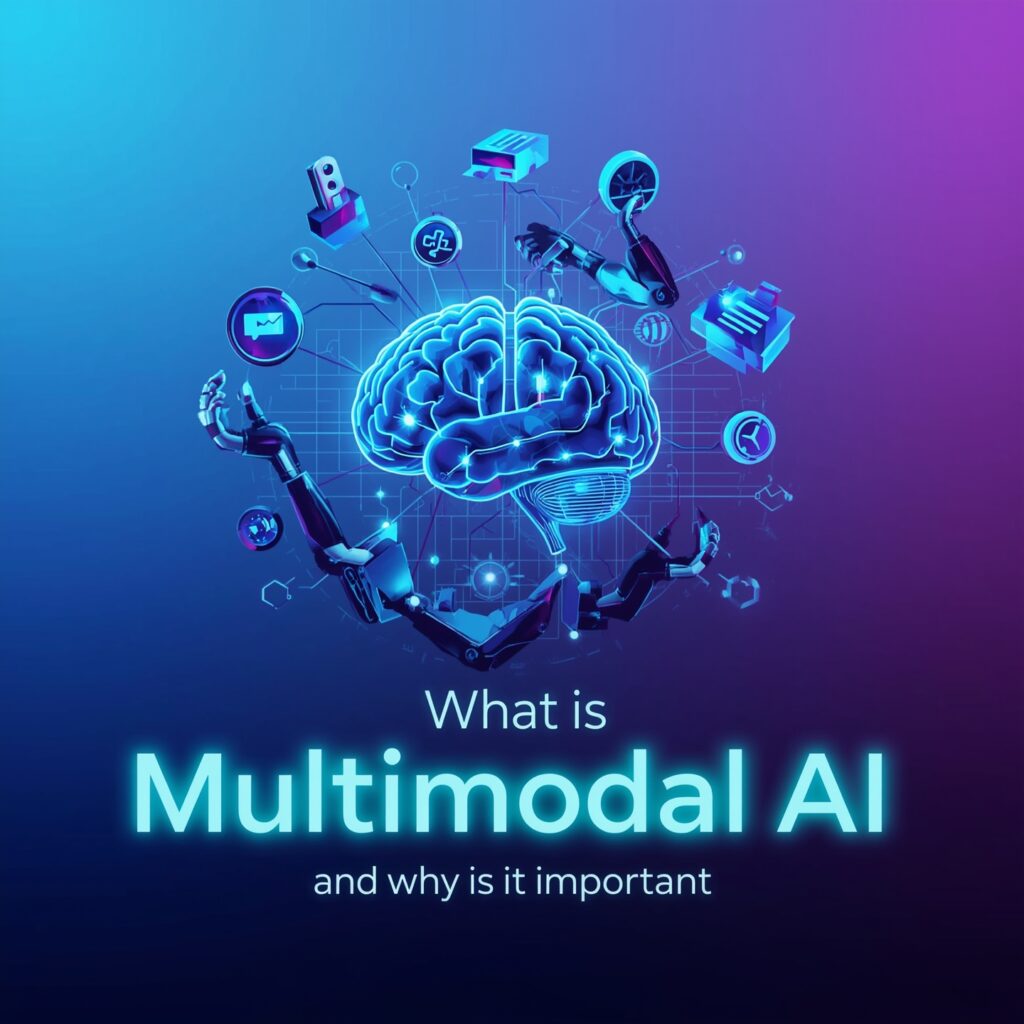
Data Alignment Complexity
Getting different types of data to line up perfectly- think matching audio with video- is tricky and small slips can hurt overall accuracy.
High Computational Costs
These systems pack huge models, massive training sets, and top-grade hardware into a pipeline, so running them eats time, power, and budget.
Data Scarcity and Imbalance
Solid multimodal datasets still dont grow on trees, and its common for one stream- say images or text- to drown out the others, skewing what the AI learns.
Integration Difficulties
When audio, video, and text come from different formats or sensors, mismatches pop up that can slow training and trim models efficiency if teams arent careful.
Interpretability Issues
Because layer after layer of neurons pull in mixed signals, spotting why a multimodal model made a call is often a guess, cutting transparency where it matters most.
Privacy and Ethical Concerns
Streams of face footage, sound bites, and personal text raise big questions about consent, surveillance, and how securely sensitive info is stored and shared.
The Future of Multimodal AI
Advancing Toward General Intelligence: A blend of text, sound, photo, and video input makes AI a little closer to AGI; soon machines may reason like people.
Smarter Human-AI Interaction: AI will pick up on tone, gesture, and mood, letting people chat with machines in a way that feels friendly and natural.
Integration into Daily Life: Hospitals, schools, stores, and smart homes will run apps powered by multimodal AI, giving users smoother, one-stop experiences.
Improved Real-Time Applications: Tech such as self-driving cars, drones, and rescue robots will process mixed signals faster, making split-second choices safer.
Cross-Modal Learning and Transfer: When an AI grasps an idea in one format-pic, sound, or text-it will, over time, use that insight in other formats, learning faster.
Ethical and Responsible Innovation: Legal rules and industry codes will need to cover bias, privacy, and clear explain ability as these powerful systems gain ground.
Pros & Cons
| Pros | Cons |
|---|---|
| Enables human-like understanding | High computational requirements |
| Enhances context and accuracy | Complex data alignment across modalities |
| Improves user interaction and experience | Limited availability of balanced multimodal datasets |
| Supports diverse real-world applications | Difficult to interpret and debug |
| Enables real-time decision-making | Raises ethical and privacy concerns |
| Facilitates progress toward Artificial General Intelligence (AGI) | Challenges in integrating heterogeneous data formats |
Conclusion
Multimodal AI is a big step forward in artificial intelligence because it lets machines handle different kinds of information at the same time, just like people do. By mixing text, pictures, sound, and other data, these systems can spot patterns, make smarter choices, and talk to users in a more natural way.
As the tech keeps advancing, youll find multimodal AI everywhere-from hospitals to self-driving cars- underscoring its importance for a future focused on friendly, human-centered computing.

